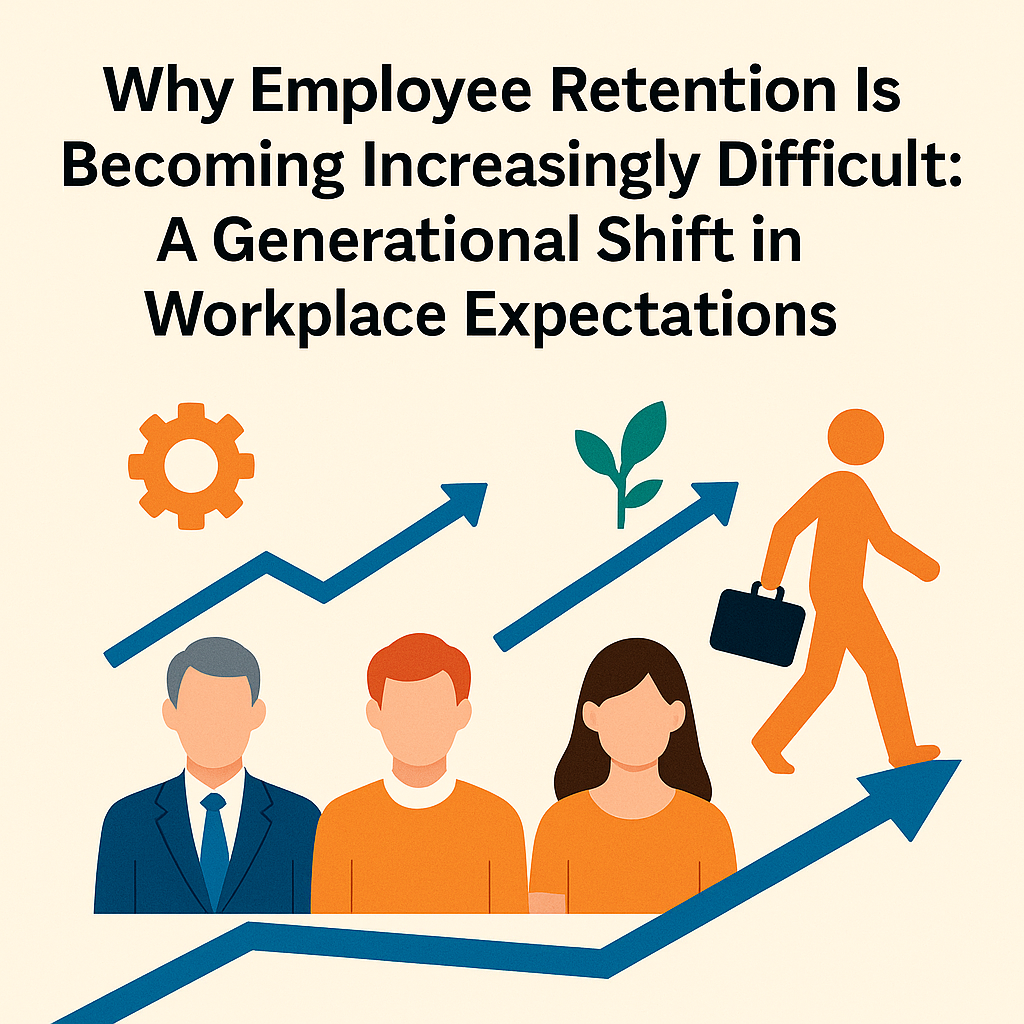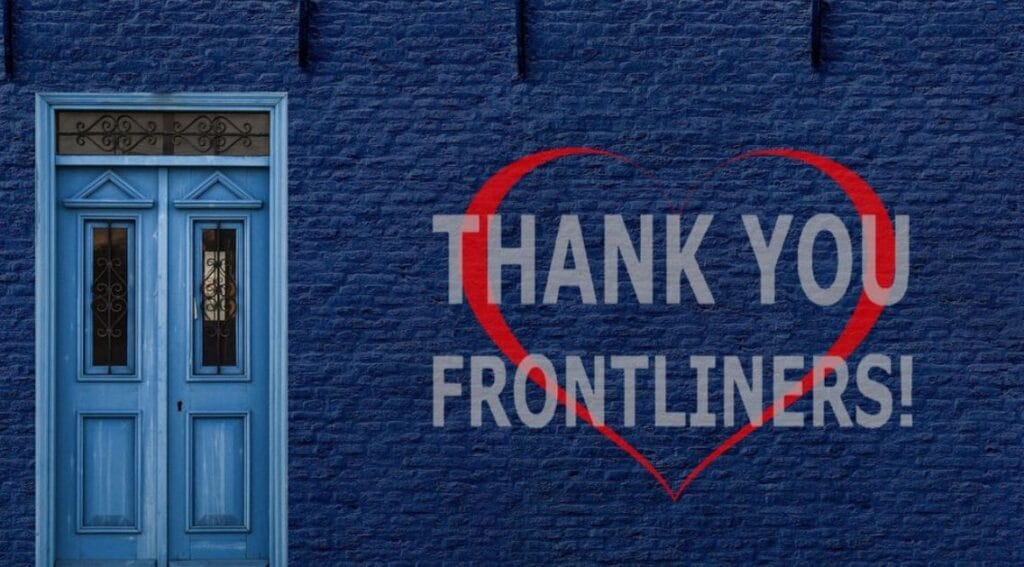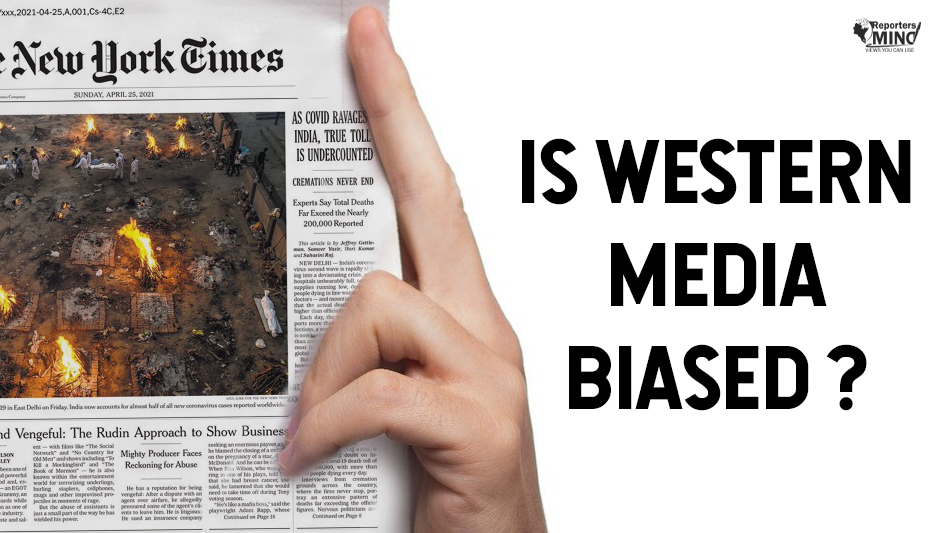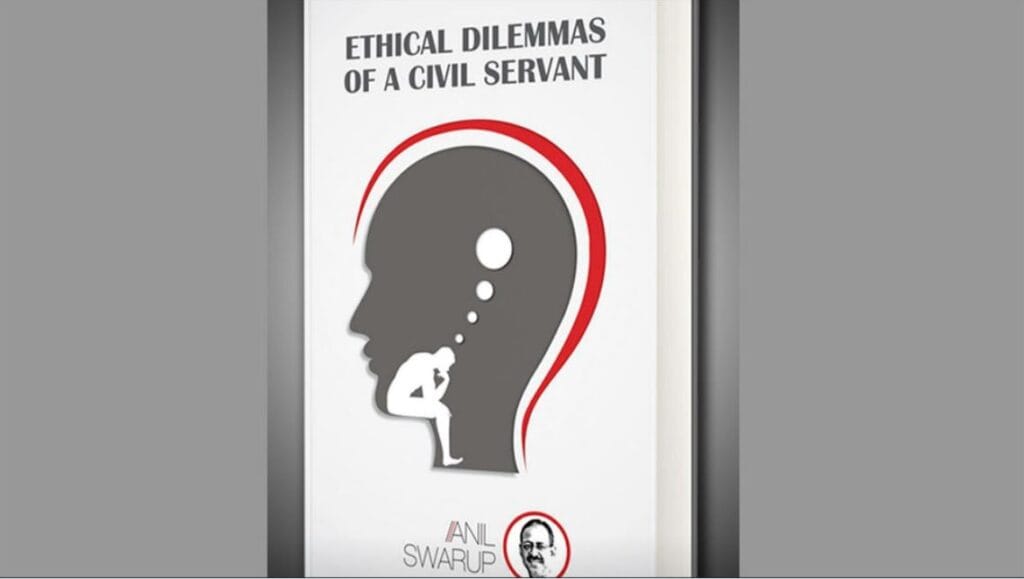Climate at the Core: How Changing Weather is Reshaping Your Plate
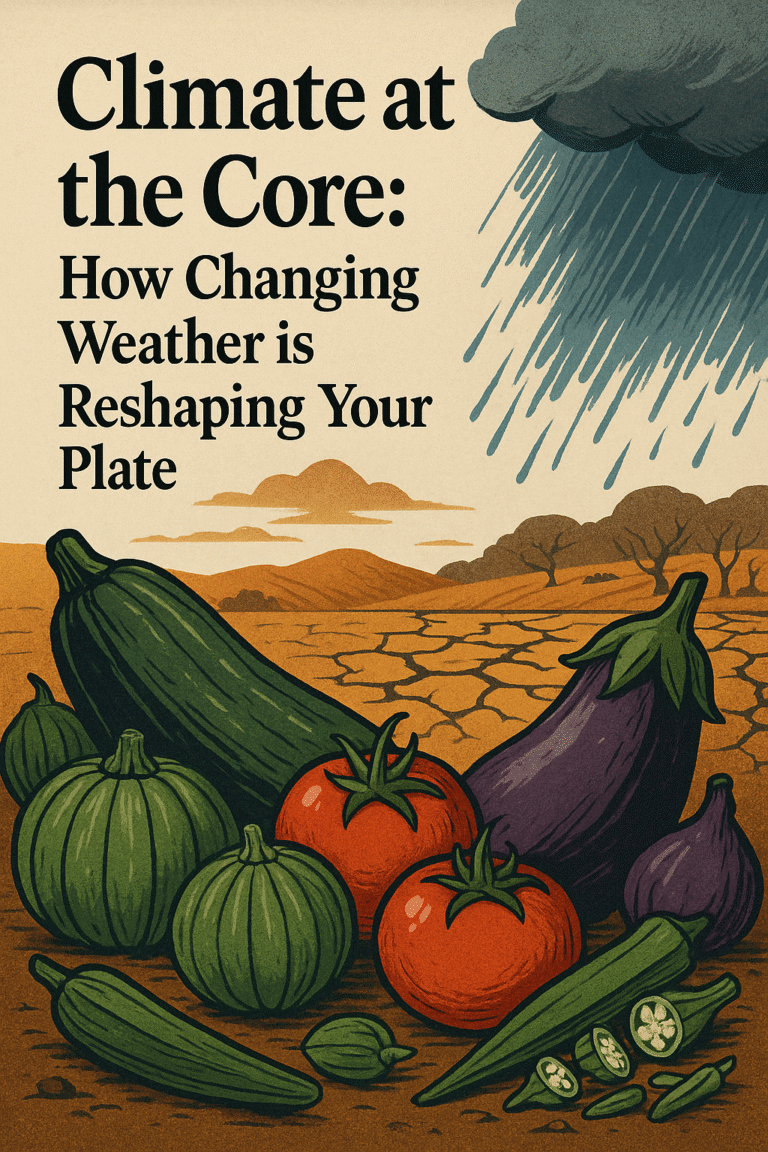
You’re probably buying vegetables and grains regularly—just like every other day. After all, dal-roti is a necessity for every household.
But haven’t you felt that inflation has reached an all-time high? In today’s climate, even buying common vegetables like bottle gourd, ridge gourd, round gourd, okra, and eggplant has become a struggle, with prices rising three to four times higher than usual. And let’s not even talk about potatoes, onions, and tomatoes!
Seasonal changes often cause slight price fluctuations, but in recent years, vegetable prices have consistently broken all limits. Green vegetables are increasingly slipping out of reach for middle-class families and the common man. Even their taste is not what it used to
be—and the main reason behind all this is climate change, which has far-reaching effects across the globe.
We are witnessing how the natural weather cycle has been completely disrupted. Unseasonal rains, extreme heat or cold, hailstorms, and floods are severely damaging crops. This has led to a drop in production, making vegetables not only more expensive but also less flavourful.
The same weather disruptions are visibly impacting the production of wheat, rice, pulses, and fruits. Water scarcity, declining soil quality, and changing temperatures are driving up farming costs—costs that are eventually passed on to consumers.
In a country like India, where agriculture is the backbone of the economy, the rising prices of food items are not just affecting consumers; the impact is felt all the way from farm to fork. Kitchen budgets have been thrown into disarray. Poor and middle-class families are either reducing their food intake or compromising on quality. This is having a direct impact on children’s nutrition, women’s health, and the overall food security of society.
Remember, climate change isn’t just a vague idea—it’s a tangible crisis.
A study by the Reserve Bank of India (RBI) found that rising temperatures are a key driver behind the surge in vegetable prices. Weather fluctuations are increasingly contributing to food price volatility, making vegetables a major inflationary component in India’s food basket.
Another alarming study reveals that over 75% of Indian districts face serious climate risk. According to the Council on Energy, Environment and Water (CEEW), nearly 68% of the country is vulnerable to drought, affecting around 140 million people annually.
A report published in “Science Advances” warns that unless urgent action is taken to mitigate climate change, over 60% of wheat-growing regions could fall under severe drought by the end of this century. Shockingly, 15% of global wheat-growing areas are already facing the brunt of climate change.
On the one hand, changing weather patterns are reducing agricultural productivity, and on the other, the demand for food is rising with the growing population. The Food and Agriculture Organization (FAO) estimates that by 2050, global grain demand will rise by 43%. This raises a daunting question: How will we feed this growing population?
This isn’t just an Indian problem. Even developed nations like the US, Australia, and several countries in Europe are facing worse conditions.
According to the non-profit Energy and Climate Intelligence Unit, British households paid an average of £361 (around $484) more on food in 2022–23 due to climate impacts.
Consumers across the globe are now reporting that they can feel the effect of climate change in their grocery bills. This is making food unaffordable for many and creating new challenges for central banks struggling to curb inflation. For example, in 2022, California experienced its driest three-year period on record, leaving one million acres of farmland unplanted and resulting in an estimated $2 billion in crop revenue losses.
A global study comparing the prices of goods and services across 121 countries from 1996 to 2021 confirmed that rising temperatures are consistently pushing food prices higher—especially in equatorial and already-hot regions. Researchers warned that these effects may soon be felt year-round and worldwide, with particularly severe impacts in the Global South.
What’s the Way Forward?
To combat this crisis, we need to embrace sustainable farming, rainwater harvesting, organic agriculture, and climate-resilient crops. Just as heat-tolerant varieties of wheat have been developed, other crops must be adapted too. We must rethink crop patterns and transform agricultural practices.
The journey of food from farm to table is increasingly fraught with climate-related challenges. From direct impacts on crop productivity to supply chain disruptions and price surges, the stakes have never been higher. Governments must now develop comprehensive strategies to ensure food security and economic stability in a changing climate—this has never been more urgent.
If we delay action any further, the cost will not only be economic—it will be human. Strong and swift decisions are essential today, if we are to ensure that every plate has nutritious food tomorrow.
